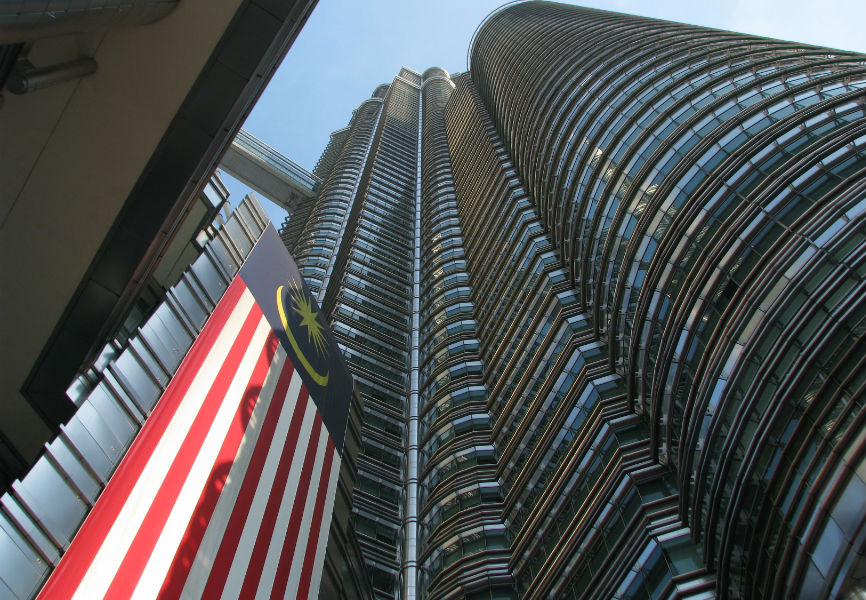Another populist government, another swing at healthcare reform. The coalition that emerged from Malaysia's 2018 elections is giving healthcare renewed attention. For the time being, that political commitment will come with greater financial resources, with an increase of roughly 8% in the health ministry's budget in 2019. The country's economic situation may constrain financial commitments to this sector in subsequent years, but political attention is highly unlikely to wane, due to the significance of the reforms being undertaken and the overall populist orientation of this government.
For the time being, the outlook for the private sector, including for pharmaceutical firms, is good. This goes beyond the clear financial benefits for industry of a population whose access to care will improve. Health Minister Dzulkefly Ahmad and other officials appear eager to learn from the international experience in healthcare reform and to include the private sector early in discussions over policy development, implementation, and potential course corrections. Minister Ahmad was a critical part of the American Chamber of Commerce's healthcare forum in Malaysia at the end of March, which was geared toward enhancing public-private collaboration in the sector. Moreover, it is telling that the government has exempted Singaporean insurer Great Eastern Holdings from Malaysia's foreign investment caps, a sign that the government sees healthcare as a priority and recognizes that it requires support from multiple stakeholders—even foreign—to realize its ambitions.
The lion's share of attention to healthcare will be devoted to expanding insurance for lower-income Malaysians under the just-launched MYSalam scheme. The program will be funded through a combination of contributions from beneficiaries and government spending. It is intended to ease the financial burden on Malaysians—at 30–40% of total health spending according to the World Bank, out of pocket spending is still roughly twice the levels recommended by multilaterals such as the World Health Organization.
Relative to other evolving emerging markets schemes, such as Indonesia's Jaminan Kesehatan Nasional and India's Ayushman Bharat Yojana, MYSalam is not terribly ambitious in its current form. One challenge is that medical professionals are unhappy with the level of reimbursement currently penciled into the program. There is a risk that this disincentivizes provider participation and drives overcrowding in facilities that do participate, with negative knock-on effects for public satisfaction and healthcare outcomes. The upside, however, is that the government's decision to launch it in a modest format should make the program more financially sustainable and leaves the door open for bolstering mechanisms later on.
Down the road, drug pricing will loom as a more significant issue, particularly as expanded access to care brings more people into contact with the healthcare system and more exposed to Malaysia's relatively high pharmaceutical costs. Accordingly, efforts to improve generics penetration and improve local production of costly (if low-volume) drugs will mount under the Economic Transformation Program, the overarching industrial policy initiative designed to catapult Malaysia into a high-income economy over the coming years.
This article was originally published on Pharmaboardroom.com.
PHARMABOARDROOM

 Petronas Towers in Malaysia. FLICKR.
Petronas Towers in Malaysia. FLICKR.